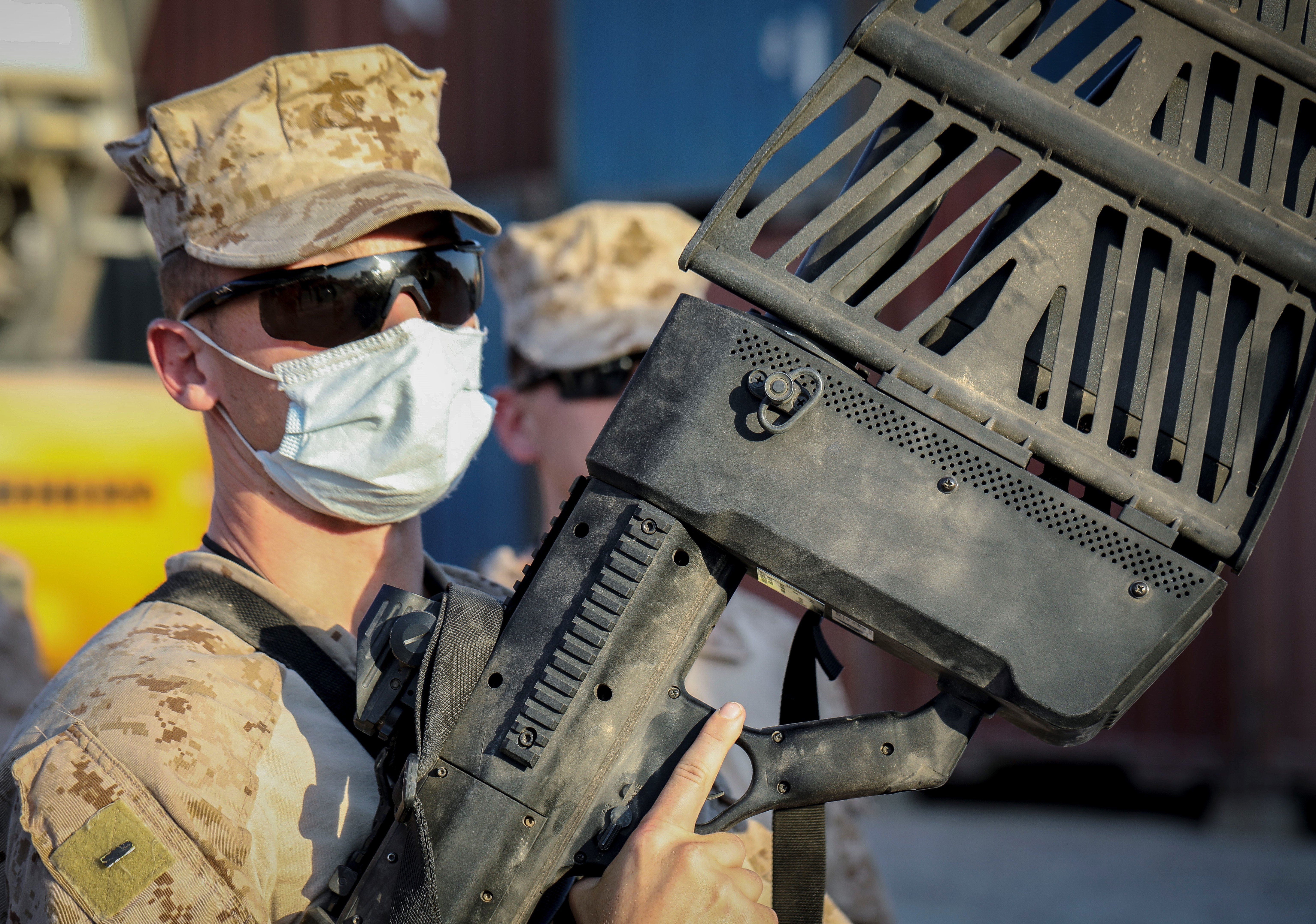
The Defense Department must employ an all-encompassing agency-wide approach to its strategy for buying and using small drones to combat future threats, according to a new Pentagon document.
The Pentagon’s Counter-Small Unmanned Aircraft Systems strategy, spearheaded by the Army and unveiled on Thursday, calls for the service branches to streamline their work to produce unmanned aerial capabilities for the joint force.
“The DoD C-sUAS strategy provides the framework for addressing sUAS across the spectrum from hazard to threat in the homeland, host nations, and contingency locations,” the report reads.
“Department stakeholders will work collaboratively to achieve three strategic objectives: (1) enhance the Joint Force through innovation and collaboration to protect DoD personnel, assets, and facilities in the homeland, host nations, and contingency locations; (2) develop materiel and non-materiel solutions that facilitate the safe and secure execution of DoD missions and deny adversaries the ability to impede our objectives; and (3) build and broaden our relationships with allies and partners to protect our interests at home and abroad.”
The report says the Pentagon should use its various research and development efforts to develop new small drones the services will need for conflict.
“We will rapidly develop innovative solutions while leveraging a risk-based assessment process. This approach will enable us to make better-informed decisions that balance the effectiveness and efficiency of systems within budgetary realities. These actions will maximize our ability to provide the Joint Force with the most effective capabilities for use in the homeland, host nations, and contingency locations,” the report reads.
“We must also continuously evaluate the efficiency of our processes to provide effective materiel and non-materiel solutions to the Joint Force,” it continues. “Transformational processes, such as the Adaptive Acquisition Framework, can streamline efforts to meet the unique requirements of the C-sUAS problem set. However, some of our acquisition processes are optimized to support conventional operations with long-lead times for capability development.”
Speaking at an event about the report on Friday at the Center for Strategic & International Studies, C-UAS Office Director Maj. Gen. Sean Gainey said his team is assessing how both 5G and Artificial Intelligence may factor into the requirements for small drones in the future.
“If you look at the threat we’re looking at now and the systems we’ve developed now and the areas we’re focused in on is really looking at the UAS’s that have a controlled operator and finding ways to cut that link between operators. Well, where we see the threat going in the future is autonomous . . . massing swarming capability and integrating AI and potentially leveraging 5G out in the future,” Gainey said. “These are some of the challenge areas that we’re looking at as we look at our requirements for developing future capabilities. These are the areas we’re looking to address to be able to have capability as that technology comes on board and becomes more prevalent.”
The strategy report comes as the Pentagon wrestles with how to combat the threat posed by small unmanned aerial systems. Pentagon acquisition chief Ellen Lord has expressed concerns over how China has filled the market with cheap, small drones and therefore affected the American industrial base for small UASs.
The report points to countries like China and Russia that are using small UASs and argues their existence threatens the joint force.
“Hostile nation states have learned from the successes of non-state actors and the United States in the employment of sUAS. Some of these nations have become beneficiaries in this rapidly expanding market. Others are fielding purpose-built military and consumer-grade sUAS in large numbers, which provide scalable options for defensive and offensive operations,” the report reads.
“For China, the development of sUAS generates both an economic incentive and a military benefit,” it continues. “As a major producer of commercial and consumer sUAS, China is estimated to have 70 percent of the global market share. Militarily, China’s capabilities and reach will continue to grow as it invests heavily in developing and fielding advanced weapons.”
With several lines of effort to pursue its goals, the strategy lays out how the Defense Department will tackle the growing use of UAS technology.
“To Ready the Force, DoD will maximize current C-sUAS capabilities and use a risk-based approach to guide efficient and rapid development of a suite of materiel and non-materiel solutions to address emerging requirements. To Defend the Force, DoD will coordinate the delivery of joint capabilities underpinned by [doctrine, organization, training, materiel, leadership and education, personnel, facilities, and policy] consideration and synchronize the development of operational concepts and doctrine. Finally, as the global military partner of choice, DoD will Build the Team by leveraging its existing relationships, create new partnerships, and expand information sharing to meet emerging challenges,” the strategy reads.
In 2019, the Pentagon put the Army at the helm of the C-UAS effort, which led to this week’s report signed by Acting Defense Secretary Christopher Miller.





